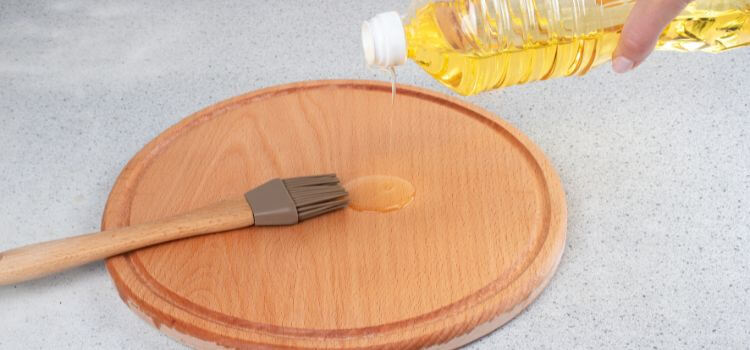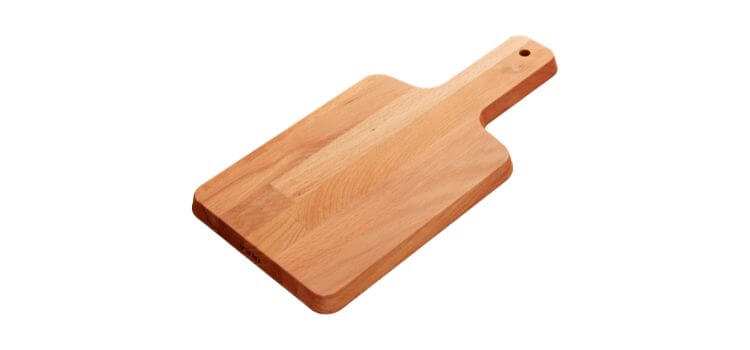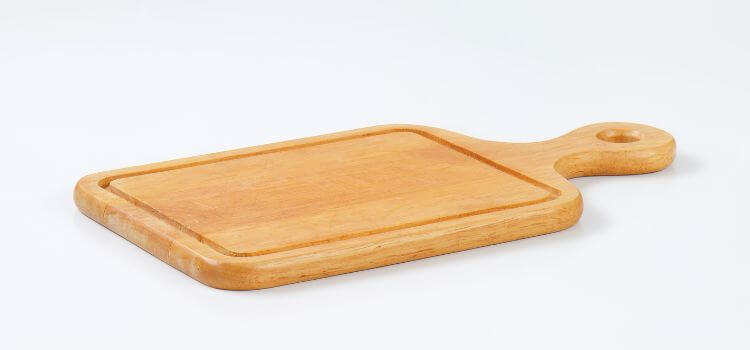As an Amazon Associate, I earn from qualifying purchases

Deciding between cutting board oil and conditioner is an essential step in preserving the quality of your cutting boards. This article explores the distinctions, advantages, and optimal methods for applying cutting board oil in contrast to conditioner.
Whether you’re a culinary enthusiast or a professional chef, understanding the nuances of these products is essential for keeping your cutting boards in top condition. Let’s explore which option is optimal for preserving the longevity and quality of your beloved kitchen essentials.
What is Cutting Board Oil?

Cutting board oil is a type of food-grade mineral oil that is specifically designed for treating wooden boards. Its main purpose is to penetrate the wood, moisturize it, and protect it from cracking or splitting due to repeated use.
Some of the most commonly used oils in cutting board oils are mineral, coconut, and beeswax. Combining these ingredients helps keep the wood looking its best while providing a protective barrier against moisture and bacteria.
Benefits of using cutting board oil
Using cutting board oil has several advantages when it comes to maintaining your boards. These include:
- Moisturizing the wood: Cutting board oil helps to keep the wood hydrated, preventing it from drying out and cracking.
- Preventing bacteria growth: The oil creates a protective layer on the board’s surface, making it difficult for bacteria to penetrate and grow.
- Enhancing the appearance: Oiling your cutting boards can bring back their natural luster, making them look fresh and new.
How to apply cutting board oil effectively
When it comes to applying cutting board oil, the process is relatively simple. Here are the steps you should follow for optimal results:
- Clean your cutting board thoroughly with soap and warm water.
- Dry the board completely using a clean cloth.
- Generously coat the board’s surface with oil.
- Allow it to rest for several hours, or even overnight, to enable the oil to deeply infuse into the wood.
- Use a clean cloth to remove any surplus oil.
- Repeat the process every few weeks to keep your cutting board in top condition.
What is Cutting Board Conditioner?

Unlike cutting board oil, primarily used for protecting the wood, cutting board conditioner is a combination of oils and waxes that serves as a moisturizer and sealant for your wooden boards.
Benefits of using cutting board conditioner
The benefits of cutting board conditioners are similar to those of cutting board oil. However, there are some additional advantages specific to conditioners, such as:
- Sealing the wood: Because of its wax content, cutting board conditioner creates a stronger seal on the wood’s surface than oil.
- Providing more protection: The combination of oils and waxes makes cutting board conditioners more effective at preventing moisture from penetrating and causing damage to your boards.
How to apply cutting board conditioner effectively
The steps for applying cutting board conditioner are essentially the same as those for oil:
- Clean your cutting board thoroughly with soap and warm water.
- Dry the board completely using a clean cloth.
- Apply a generous amount of conditioner onto the surface of the board.
- Let it sit for several hours or overnight so the conditioner can penetrate the wood.
- Remove any surplus conditioner using a clean cloth.
- Repeat the process every few weeks to keep your cutting board in top condition.
Key Differences Between Cutting Board Oil and Conditioner

- Variations in ingredients: The main difference between cutting board oil and conditioner is the ratio of oils to waxes. While both contain similar ingredients, conditioners have a higher wax content than oils, making them more effective at creating a strong seal on your boards.
- Purpose: Cutting board oil is primarily used for moisturizing and preserving wooden boards, while conditioner is a moisturizer and sealant.
- Effectiveness: While oil and conditioner are effective at maintaining your cutting boards, conditioners provide more long-lasting protection due to their higher wax content.
- Performance differences: Due to its higher wax content, cutting board conditioner may leave a slightly thicker and more noticeable layer on your boards’ surface than oil. Some people prefer this as it can make the boards feel smoother and easier to clean.
- Longevity and maintenance: Cutting board oil typically needs to be reapplied every few weeks or as needed, while conditioner can last longer and may only need to be reapplied every few months.
When to Use Cutting Board Oil vs Conditioner
Factors to consider when choosing between the two:
- Type of wood: Some woods, such as bamboo, are naturally more resistant to moisture and bacteria. In this case, using cutting board oil may be sufficient to maintain these boards.
- Frequency of use: If you use your cutting boards for heavy-duty chopping and slicing, using a conditioner can offer enhanced long-term defense against wear and tear.
Recommendations based on specific scenarios:
- For regular maintenance: If you want to simply moisturize and maintain your wooden cutting boards, cutting board oil is the way to go. It is easy to apply and will keep your boards in excellent condition.
- For heavy-use boards: A conditioner may be more suitable if you use your cutting boards often and want extra protection against moisture and bacteria. The added wax content will provide a stronger seal and prevent damage to the wood.
- For new or old boards: Both oil and conditioner can be used on newly purchased or older cutting boards, but it is best to start with oil for regular maintenance and only move on to using conditioner if necessary.
Conclusion
In conclusion, cutting board oil and conditioner have unique benefits and uses when maintaining wooden boards. Whether you choose to use one over the other or a combination of both, regularly treating your cutting boards with these products will help extend their lifespan and keep them looking new for years to come.
So, to ensure that your cutting boards remain in top condition, invest in a good quality cutting board oil or conditioner and follow the proper application techniques. Happy chopping!
As an Amazon Associate, I earn from qualifying purchases